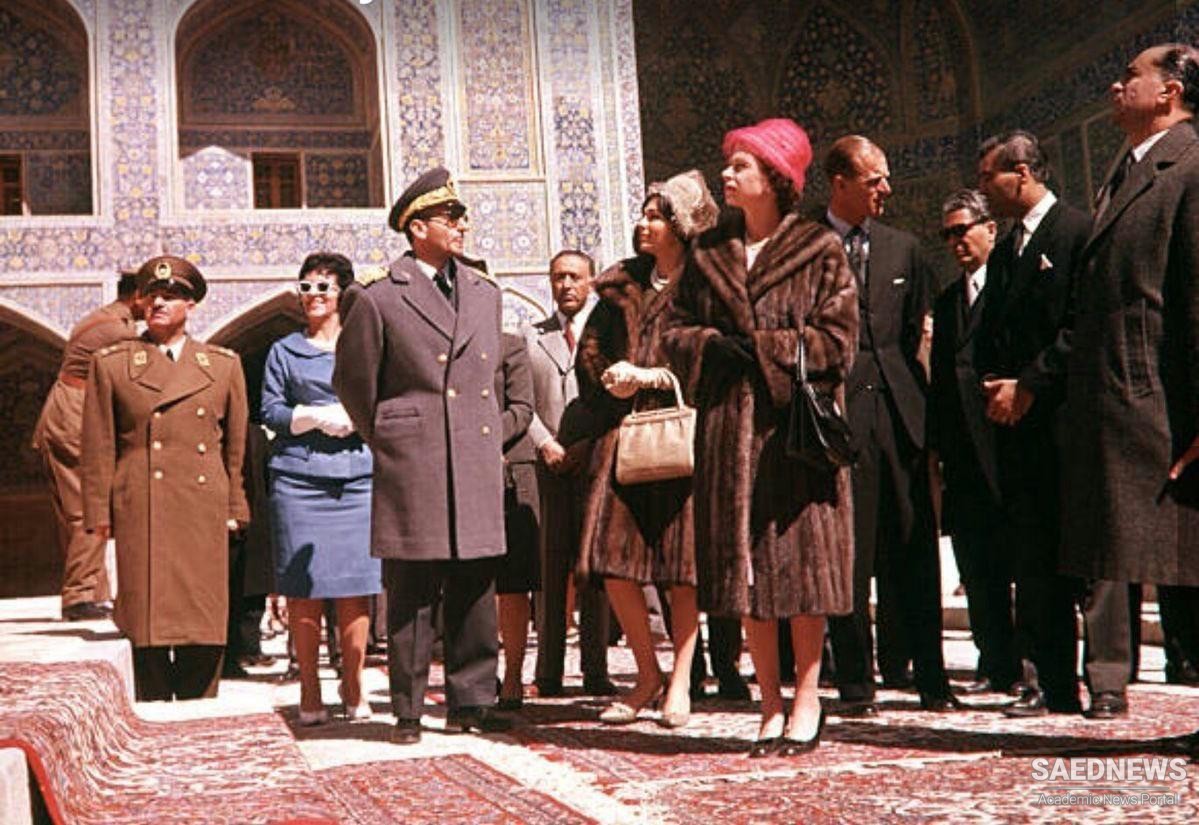The country had returned to the rule of the notables with the landed elites again herding their clients, especially peasants and tribesmen, to the polls, and, thereby, dominating both the cabinet and the Majles. The notables were most visible in the cabinet. In these thirteen years, 148 politicians filled 400 cabinet posts, and 12 headed 31 different cabinets. Of the 148 ministers, 81 were sons of titled notables; 13 were Western-educated technocrats linked to the prominent families; 11 were senior army officers; and 8 were wealthy businessmen. Of the 12 prime ministers, 9 came from titled families and themselves had used titles before their 1925 abolition (the old titles crept back into common usage after 1941).
The 3 non-aristocratic premiers, nevertheless, were well connected to the landed upper class. General Ali Razmara, the only non-civilian among them, was the son of a cavalry officer and had studied at St. Cyr before experiencing a meteoric rise through the military by leading successful campaigns against the Kurds, Lurs, and the Khamseh. He was related by marriage to both the Farmanfarmas and the Qavam al-Mulks. Ali Soheily, the second non-aristocrat, was the son of an Azerbaijani merchant and had entered government service in the 1910s through the patronage of Taqizadeh, the famous Tabriz deputy.
In later years, Soheily attached himself to Reza Shah, becoming his minister of roads, interior, and foreign affairs, as well as governor of Kerman, director of the Caspian fisheries, and ambassador to London. Similarly, Abdul-Hussein Hezhir, the third non-aristocratic premier, was the son of an armed volunteer from Tabriz who had fought in the civil war and had been brought into government service by Taqizadeh. He had enjoyed the patronage of Davar and Timourtash.


 Mohammad Reza Shah Galloping Ahead
Mohammad Reza Shah Galloping Ahead














































